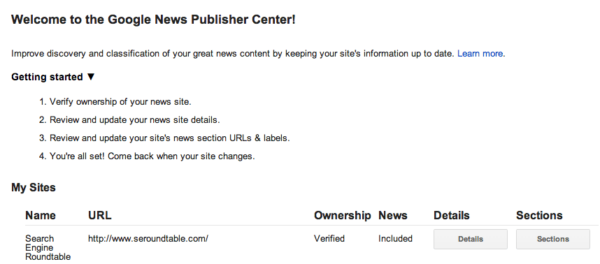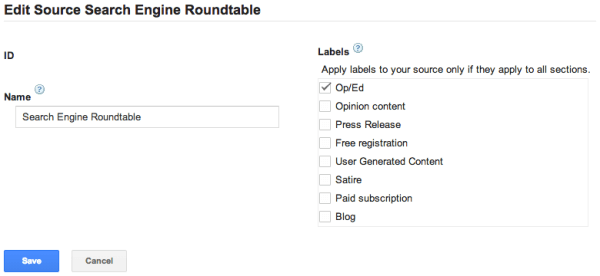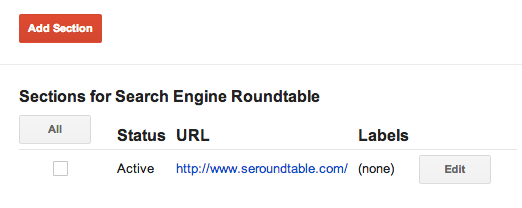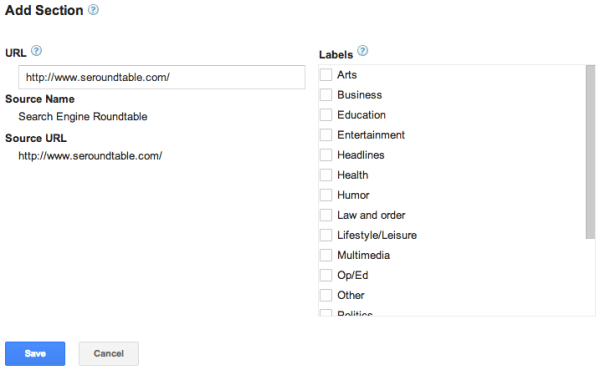of
work (not to mention expensive). So how do we know whether it'll be
worth it? In today's Whiteboard Friday, MozCon 2014 speaker Mike King
shows you several ways you can be sure your content has the potential
you need before you even start making it.
Greetings and salutations, Moz fans. My name is
Mike King. I'm from an agency called
iPullRank,
and today here on Whiteboard Friday we're going to talk about how to
prove ROI potential of content. Basically, before you launch content,
get a sense of will this perform before you go ahead and spend tens of
thousands of dollars on promoting that content.
Content components
Surveying your target audience
So let's just hop right into it. One of the things you want to do for
your content component aspect of it is survey your target audience.
There are a lot of channels that you can do this effectively in. In
fact, the ad platforms have gotten even better at letting you hyper
target audiences and drive that traffic right away.
One of the things you can do is use
StumbleUpon Paid Discovery.
I love this platform for content promotion as well. But it's great in
this use case because it's only $0.10 a click. Again, you can target
based on different audiences, not as granularly as you can with
something like Facebook or something to that effect, but you can get
audiences around ideas, concepts, and things of that nature.
What you can also use is a tool called
UserReport.
What this tool does is allows you to do custom surveys on your own
site. You put up your content experience. You throw UserReport on there.
Once the user gets to a certain point in the page, you can make that
survey pop up. You can ask them questions like: Hey, would you like
this? Would you share this? What is it that you didn't like about this
content? Does this solve a specific need for you?
You can do that with StumbleUpon Paid Discovery. Start collecting data
on the users that would visit your content, and then it helps you build
a business case saying that these people would be interested in this
content.
By the same token, you can also use Facebook ads to do this. Like I
said, Facebook ads allow you to really granularly target your audiences.
They've gotten increasingly more sophisticated with their ad targeting
options. In fact, at this point, the ad targeting very much aligns with
standard market research in that you can target based on income,
education, and so on and so forth.
If you're going after the B2C clientele, that's probably your best
bet, using Facebook. If you're going after the B2B clientele, then
LinkedIn ads make the most sense. You can also target very specifically
on firmographics rather than just demographics. In both of these cases,
you're going to then continue to use UserReport to collect that data via
these custom surveys on your site.
Additionally, you can use
SurveyMonkey Audience.
I love this tool because you can, again, very much target very specific
demographics and ask them direct questions. What you can do is host
that piece of content in the survey, have them take the time to review
it and fill out the questionnaire, and then, boom, you get your results
right away.
Competitive analysis
Those are different ways you can do surveying to understand whether
your content's going to perform. But, of course, competitive analysis is
a really good way to make a case. I worked on a brand called LG back in
the day. The best way to get them to do anything was to show them that
Samsung was doing it.
By that very same token, you can use a tool like
Social Crawlytics.
What that tool does is crawls the site and identifies the social shares
of every piece of content on that site. You can do that for your site
and a competitor's site and see what's working, what isn't, and quickly
identify what you can create that is similar to what they've made.
Additionally, you can use
BuzzSumo,
which kind of takes out the legwork out of that, because they've
indexed a lot of content. They've pulled out the semantic relationships
from that content, the entities. You can search by keyword for different
pieces of content and then see what's the most popular content that
fits that keyword. Now their index isn't huge, but they have a lot of
content, especially around the SEO space, that you can look at. So you
can quickly identify what's working for other people and then make your
case that way.
Finally, you can use any of the link indices --
Open Site Explorer,
Ahrefs,
Majestic.
All of these tools, if you go to the top pages reports for the
different competitors, you can quickly see what's working and what's
not, and then you have those metrics to make that business case.
Pose/review discussions
One of the other tactics that I really love to use to identify content
that will work is by using the different discussion sites.
Quora
is a really good one. You can actually identify questions that people
have already asked in the past and then see how many people have
responded to that. You can see whether or not it's a popular question
that you can then use into your content.
You can actually pose your own questions, see how many people follow
the question and how many people answer the question. Then, you can look
at those people that are following the question and see what their
demographics are and, boom, another solid business case based on actual
data.
The finally,
Reddit
is really good for this as well. People love to get in discussions on
Reddit. We've posed questions in the past, and people have given really
passionate responses. Then there have been cases where we've posed
questions and we got no response. Once you know it's crickets, it's not a
good piece of content to launch.
People components
Business case
These are all the content and metric components of this. But what you
really need to focus on, when you're trying to get buy-in for this type
of content internally, is the people components. When you're building
business cases and you're dealing with a variety of people, your boss in
fact, you've got to think about what metric is the one that helps him
get to his bonus, and how does the content that you're looking to create
help fulfill that metric.
In most cases, those metrics aren't necessarily channel metrics. It's
not:
Are we going to be number one for this keyword? Are we going to get more
visits from organic search or more likes in social media? It goes back
to things that affect the business.
In the case of a SaaS company, it can be: Okay, how does this
contribute to our cost of acquisition versus our LTV ratio? Does this
lower our cost of acquisition because we're going to get a wide range of
people that are going to ingest this content and then come back to the
site, ending up signing up? Then, is it reaching the right side of our
audience that is high value a customer? Is it the one that has the
bigger long-term value or lifetime value?
Think about those metrics rather than, oh, we're going to get some
more likes and shares, because these metrics are typically the ones that
go back to the metrics that help your boss hit his bonus.
Also, is there a conversion rate based on your existing content on
your own site? I've talked at length about doing content on that's both
qualitatively and quantitatively, in a guest post that I did for
Copyblogger, which will be below in the description, about doing content
audits where you can identify what is performing and what's not, and
then see what types of content you may want to create in the future.
Using that as a framework to work with, you can then look at these
content ideas that you've gotten on this side and see, okay, we have
content that fits this, and generally the conversion rate is X. So you
can make some sort of prediction based on the search volume and the
keywords that go with this piece of content, or the amount of traffic
you're likely to get from social media to go with this content, and then
back that into the conversion rate and then get back to these business
level metrics that we talked about before.
Finally, or the last two things rather, how does this map to your
brand's story? A lot of the times when you're talking about content,
you're talking about the brand messaging architecture, the voice, the
tone. What are the brand's goals? What is the brand trying to put out
there?
Moz is really good at developing a good brand story. They have Roger
that they weave into a lot of things. How does your piece of content go
with that brand's story? Again, back to the Moz example, they're about
doing better marketing.
My Whiteboard Friday here goes with that idea. So it's really easy for
me to make a business case for this piece of content to align with the
business. How does your piece of content fit that brand's story?
Then, finally, what phase in the funnel does this piece of content serve?
Because ultimately, at the end of the day, we're always trying to market
something. We're marketers. We're trying to move people through the
funnel.
So, if you've identified in your content audits that, oh, we're
missing a lot of stuff for the decision phase, so this content will
specifically speak to that decision phase. Here are all the metrics that
go with it. Now, we have a strong business case.
That's all I've got for today. My name's Mike King. I'm happy to help
you guys out. In the comments, let me know anytime that you've come
against anything where you couldn't get a piece of content pushed
through at your business or your agency or what have you, and I'm happy
to answer your questions.
Have a great one, and I'll see you guys next time on Whiteboard Friday.
News Source:-http://moz.com/blog/how-to-prove-roi-potential-of-content-campaigns-whiteboard-friday














